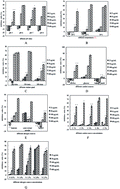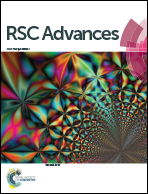The effect of fermentation conditions on the structure and anti-tumor activity of polysaccharides from Cordyceps gunnii
Abstract
This study investigates the effect of fermentation conditions on the structure and anti-tumor activity of intracellular polysaccharides (IPS) of Cordyceps gunnii (C. gunnii) in submerged fermentation. The environmental and nutritional conditions are determined in a shaker flask by a single factor test. The inhibition of IPS on S180 cells was as an optimization index. The results show that the optimal fermentation conditions of C. gunnii are an initial pH value of 6, a temperature of 25 °C, a rotation speed of 150 rpm, 4% glucose, and 1.0% peptone. Under these conditions, the macro molecular weight (Mw) polysaccharide content and anti-tumor activity of IPS are significantly higher than that in the basal culture medium. GC, HPGPC, periodate oxidation-Smith degradation, NMR, and FT-IR determine the structural characteristics of CPS-JC and CPS-YH (pure IPS cultured in basal culture medium and optimal culture medium, respectively). The results indicate that CPS-JC is mainly composed of α-D-glucans, whereas CPS-YH primarily contain α-D-glucans with a trace amount of β-D-glucans.



 Please wait while we load your content...
Please wait while we load your content...